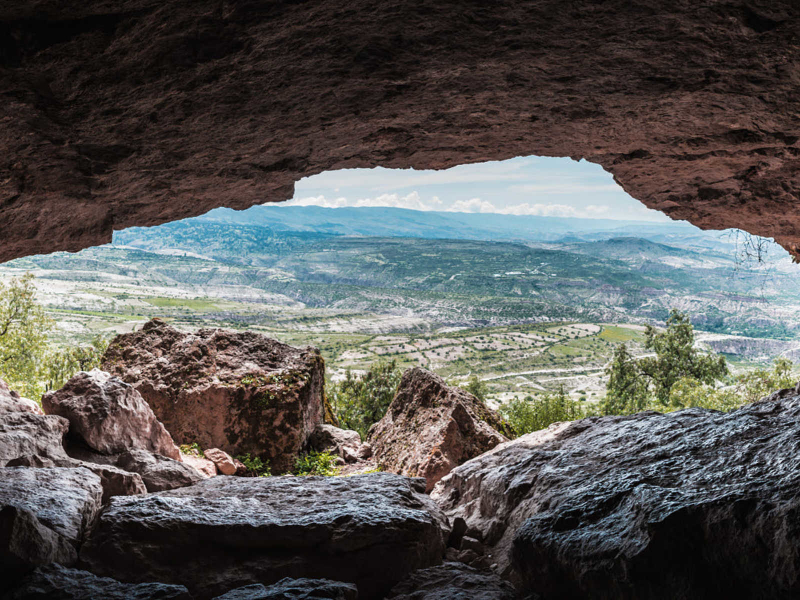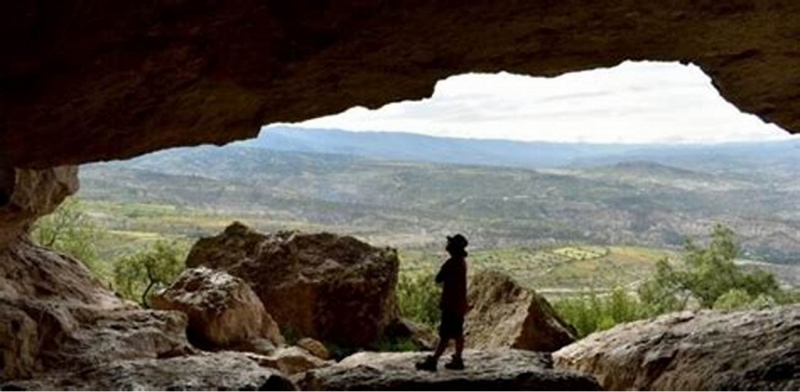Pikimachay

Piki Mach'ay (Quechua piki flea, mach'ay cave, "flea cave," also written Pikimachay, Piquimachay, where machay meaning "drunkenness," "to get drunk," or "a spindle packed with thread") is a Quechua word that means "drunkenness," "to get intoxicated," or "a spindle packed with thread." Pikimachay, one of the Most Mesmerizing Caves in Peru, is a Peruvian archaeological site located in the Ayacucho Valley.
Humans were present in this cave between 22,200 and 14,700 years ago, according to radiocarbon dates, but this evidence has been contested, and a more conservative dating of 12,000 years BCE is likely.
The first archaeologist to visit Piki Mach'ay was Richard S. MacNeish. Long-term human occupation has been discovered at the site, while the evidence is still debatable. The cave is part of the Ayacucho culture, which includes other cave sites such as Jaya Mach'ay ("pepper cave").
Unifacial chipped tools, such as basalt and chert tools, choppers, and projectile points, as well as bone relics of horses, camelids (Camelidae), and giant sloths (Megatherium) dated from 15,000 to 11,000 years BCE, were discovered at the site.
Location: Ayacucho Valley





